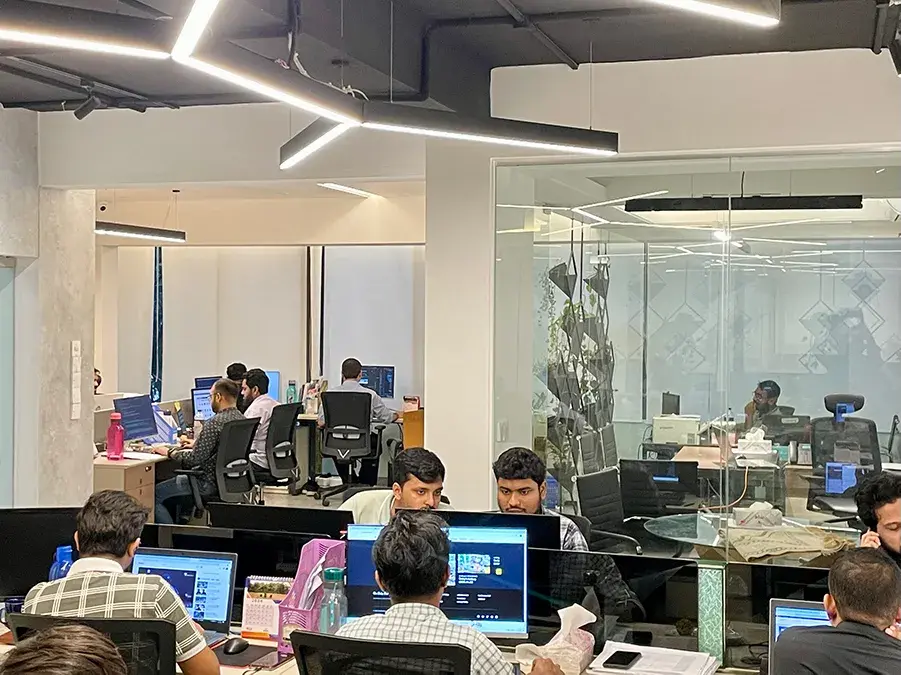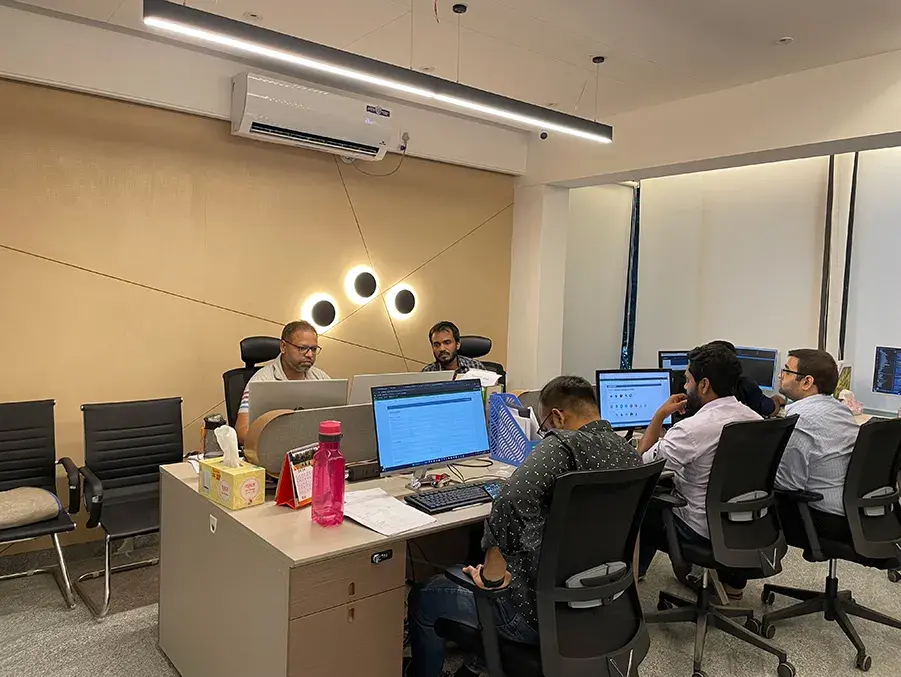
AI-Driven Cyber Threats: Deepfake Scams, AI Malware & Automated Phishing on the Rise in 2026
Artificial Intelligence (AI) has become one of the most transformative technologies of our time. From improving business operations to enhancing customer experiences, AI is reshaping industries at a rapid pace. However, with this technological evolution comes a darker side—AI-driven cyberattacks. In 2026, organizations are witnessing a surge in AI threats such as deepfake scams, automated phishing, and highly adaptive malware. These evolving threats demand a shift from traditional defense methods to advanced AI cybersecurity solutions.
The digital threat landscape has always been dynamic, but with AI, cybercriminals have gained tools that are smarter, faster, and more deceptive than ever before.
AI Cybersecurity
AI is not just part of the problem; it is also a critical part of the solution. AI cybersecurity systems utilize machine learning, natural language processing, and predictive analytics to establish a robust defense layer against contemporary threats.
Components of AI Cybersecurity
- Threat Intelligence Platforms: Aggregate and analyze data from global cyber incidents.
- Machine Learning-Based Firewalls: Adapt to new forms of attack without manual rule updates.
- Endpoint Detection and Response (EDR): Uses AI to monitor devices for suspicious activity continuously.
- Zero-Trust Frameworks: AI validates every user and device before granting access.
The Future of AI Cybersecurity
As cybercriminals continue to innovate, the future of AI cybersecurity will be a battle of AI vs. AI. Attackers will refine their tools, creating smarter malware and more convincing scams. In response, defenders will develop more robust AI-powered malware defense mechanisms, automated patching systems, and real-time threat intelligence networks.
1. Deepfake Scams
Deepfake technology uses machine learning to create hyper-realistic but fake videos, images, or audio recordings. In 2026, deepfake scams are being deployed to:
- Impersonate CEOs or senior executives in corporate fraud schemes.
- Spread misinformation on social media to manipulate public opinion.
- Trick employees into transferring funds or revealing confidential data.
The ability of deepfakes to mimic real people makes them incredibly dangerous and difficult to detect without specialized AI tools.
2. AI-Powered Malware
Traditional malware follows predictable patterns that antivirus tools can often detect. However, AI-powered malware in 2026 is dynamic and self-learning. It can:
- Analyze system defenses in real time.
- Modify its behavior to avoid detection.
- Exploit zero-day vulnerabilities faster than human analysts can respond.
3. Automated Phishing Attacks
Phishing has long been a common attack method, but AI takes it to the next level. Automated phishing campaigns now:
- Generate personalized emails based on publicly available data.
- Mimic writing styles, logos, and communication patterns of trusted sources.
- Launch large-scale campaigns with minimal human input.
AI Threats 2026 ideas:
- AI malware: An analysis of polymorphic threats for 2026: Focus on the evolution of malware that can constantly alter its code to bypass signature-based detection. Use case studies like IBM's DeepLocker to illustrate how attacks can lie dormant until specific conditions are met.
- Beyond phishing: How generative AI is powering advanced social engineering attacks: Details how AI enables attackers to create more convincing deepfakes, phishing emails, and social media scams. Include best practices for training staff to recognize these evolved threats.
- The dark side of AI: Exploiting vulnerabilities through adversarial AI: Explain how malicious actors manipulate the machine learning models used in cybersecurity to trick systems into misclassifying threats.
AI-Powered Malware Defense cluster ideas:
- Behavioral analytics and AI: The next frontier in threat detection: Dive deep into how AI-driven behavioral analytics systems learn normal user and network behavior to spot anomalies in real-time.
- How AI is transforming incident response for 2026: Cover how AI automates threat detection, prioritizes alerts, and accelerates incident response by identifying root causes and containing threats.
- Zero-trust architecture and AI: A dynamic defense for modern threats: Explain how AI can enforce granular, context-aware security policies and detect lateral movement attempts within a zero-trust framework.
The rise of AI threats in 2026 marks a critical moment in the AI cybersecurity landscape. Traditional defense systems are no longer enough to counter deepfake scams, automated phishing, and adaptive AI malware. By embracing AI cybersecurity tools and proactive strategies, organizations can stay ahead of emerging risks and safeguard their digital future.








